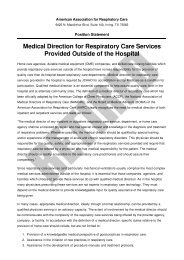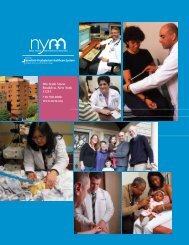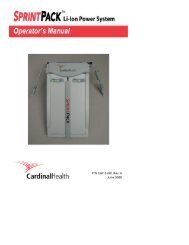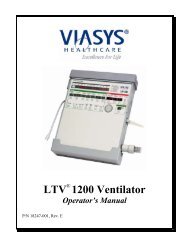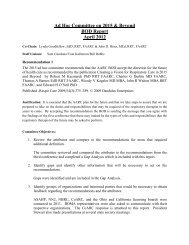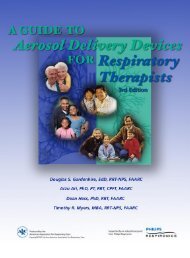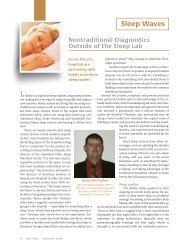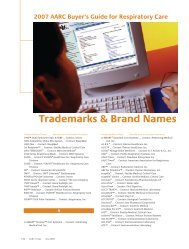RPSGT Examination Matrix - AARC.org
RPSGT Examination Matrix - AARC.org
RPSGT Examination Matrix - AARC.org
You also want an ePaper? Increase the reach of your titles
YUMPU automatically turns print PDFs into web optimized ePapers that Google loves.
KNOWLEDGE/SKILLS/ABILITIES STATEMENTS:05 Pathophysiology (especially as it related to or impacts sleep studies; e.g., breathingdisorders, cataplexy, parasomnia activity, seizures, cardiac dysrhythmias, etc.)06 Medication effects (especially as they relate to or impact sleep studies and patients'needs)07 Polysomnographic procedural protocols (including overnight sleep studies, MSLT,MWT, PAP, etc.)14 Communication skills16 Clinical reasoning21 Therapeutic modalities/techniques23 Equipment-specific operating and calibration procedures25 Infection control procedures (e.g., sterilization, airborne diseases, etc.)32 Emergency response procedures (e.g., CPR, fire, etc.)33 Appropriate procedures related to patient safety (e.g., seizure sleep walking, etc.)34 Event characteristics (e.g., respiratory, cardiac, sleep stage, etc.) and professionallyaccepted scoring guidelinesTASK 3.05 Document routine observations, changes in procedure, and significantevents to facilitate scoring and interpretation of polysomnographic results.The technologist recognizes and documents events including but not limited to the following:qqqqqqqqqqqqqqqqqqqqqClock time at regular intervalsBody position changesChanges made during recordingPatient complaintsEnvironmental conditions (e.g. noises, light)Interventions or treatments (e.g. adjusting electrodes, applying PAP etc)Verification of readouts from ancillary equipmentEquipment problems or malfunctions and steps taken to correct themElectrode integrity checks at regular intervals (e.g. electrical interference checks andimpedance checks)Respiration and heart rate at regular intervalsSeizure activityApnea/hypopnea/respiratory event-related arousalsOxygen desaturationsCarbon-dioxide retentionAbnormal cardiac rhythmsUnusual vocalizations/motor activityViolent behaviorsCataplexy or sleep paralysisUnusual EEG findingsDifficulties falling and/or remaining asleepPatient discomfortKNOWLEDGE/SKILLS/ABILITIES STATEMENTS:04 Sleep disorders (signs and symptoms)05 Pathophysiology (especially as it related to or impacts sleep studies; e.g., breathingdisorders, cataplexy, parasomnia activity, seizures, cardiac dysrhythmias, etc.)06 Polysomnographic procedural protocols (including overnight sleep studies, MSLT,MWT, PAP, etc.)09 Observation skills18 Polysomnographic equipment and related peripherals, their uses and limitations29 Expected waveforms for each parameter (e.g., EKG, EOG, EMG, EEG, etc.)30 Potential artifacts, their sources and appropriate corrective actions26



